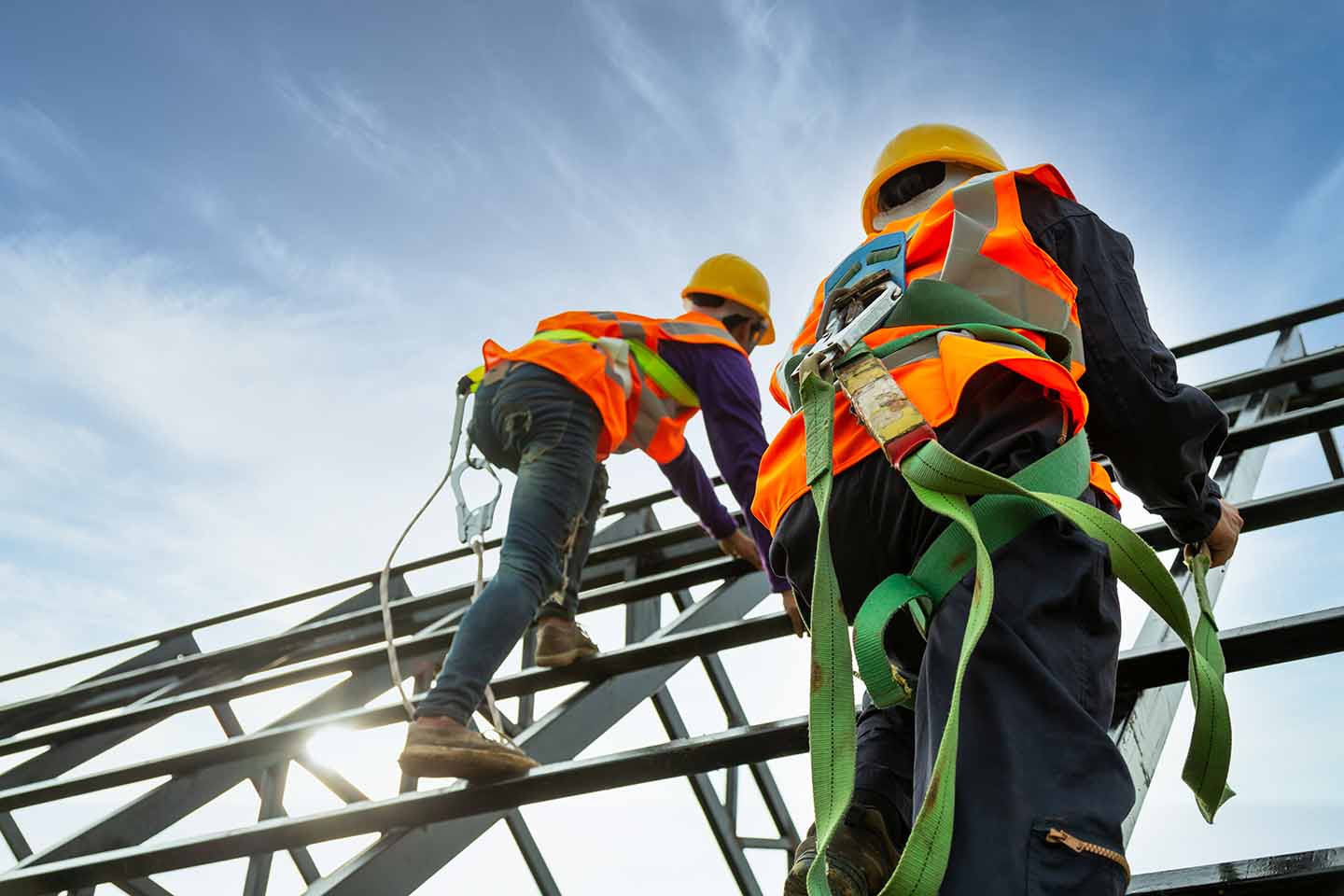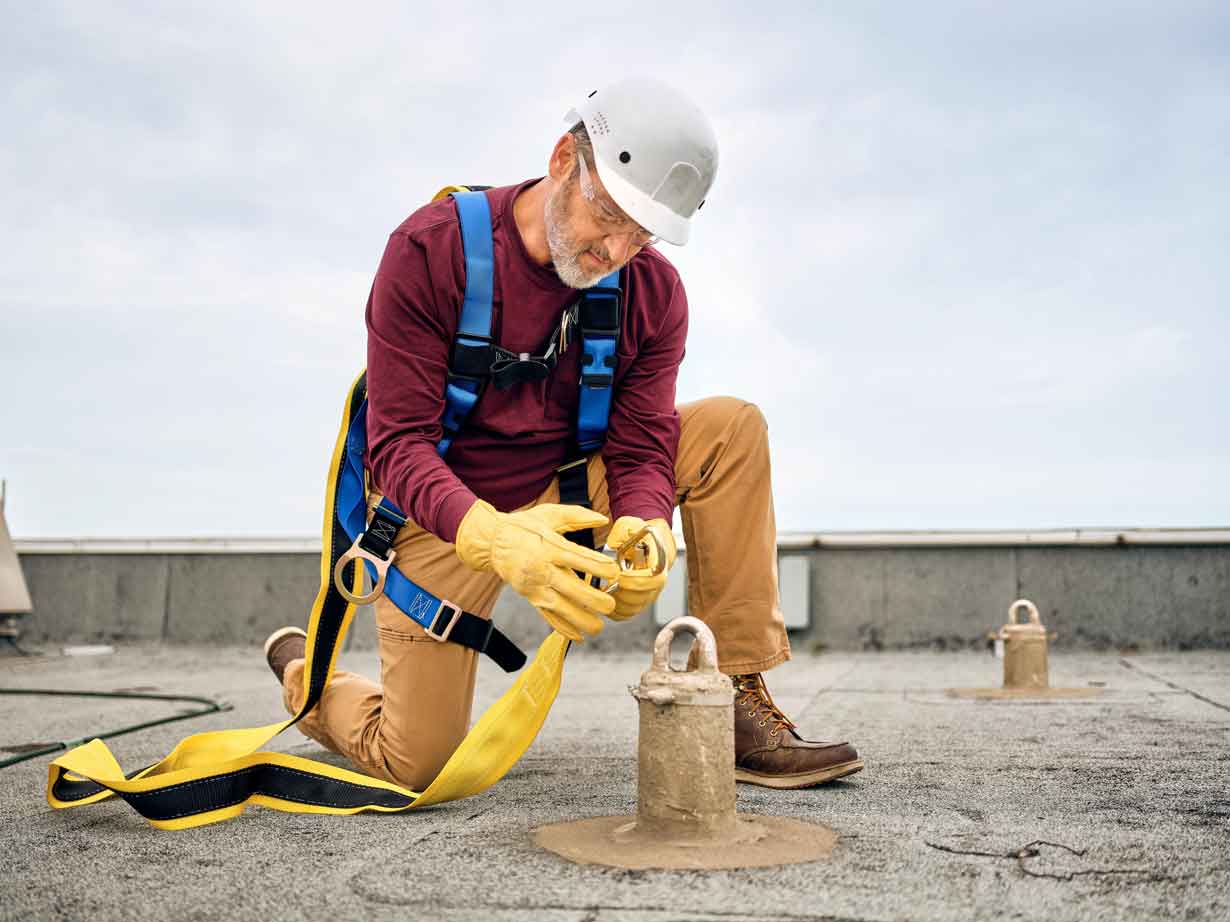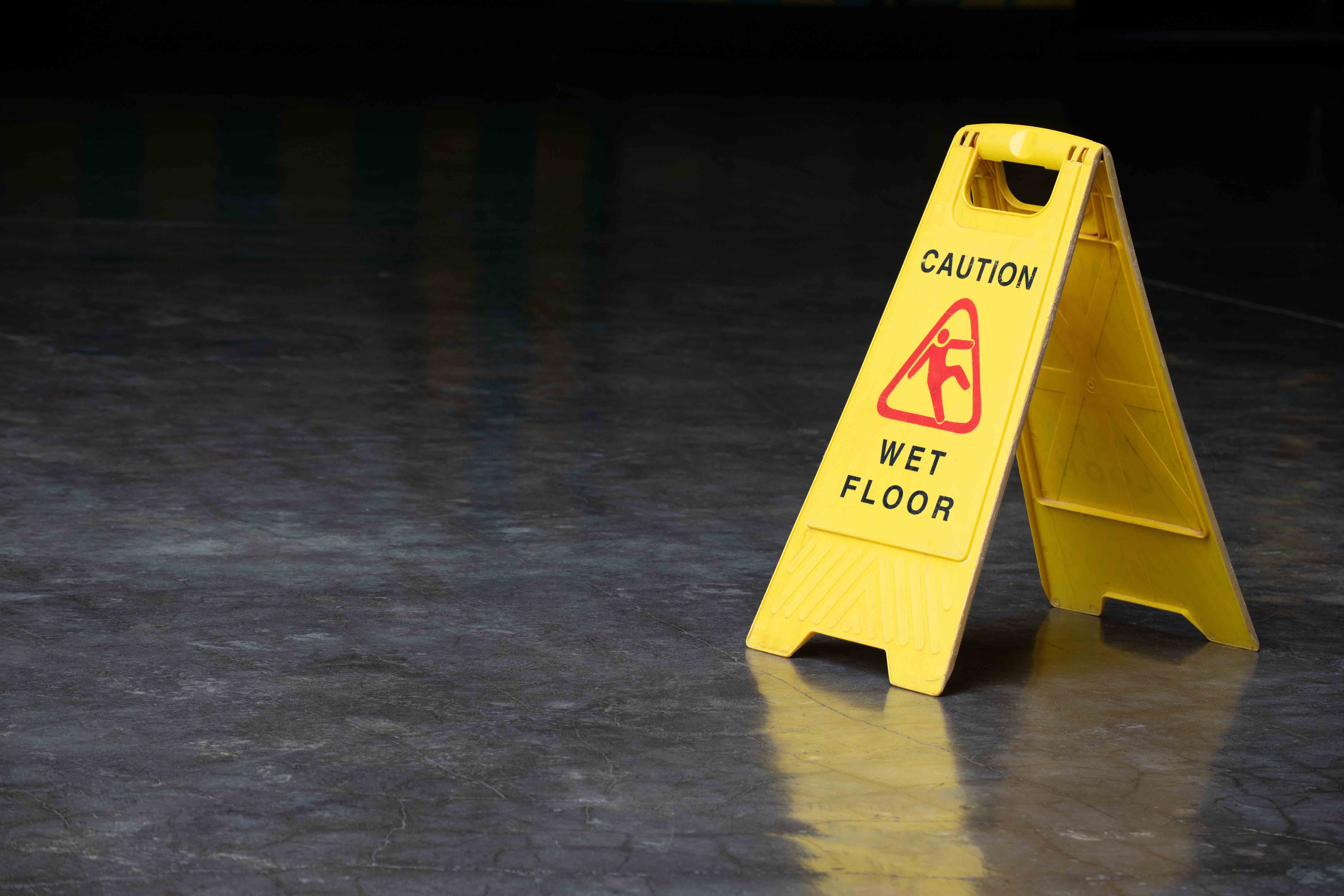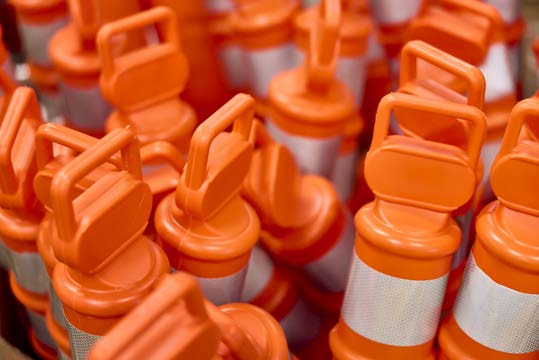KNOW SAFETY & HEALTH
Stay current on the latest environment, health and safety (EHS) news, OSHA regulatory changes, tips, resources and management best practices with Grainger KnowHow®.
![]() SAFETY
SAFETY
- Types of Moisture Meters 09/14/23
- Machine Guarding: OSHA Requirements 09/14/23
- Forklift Safety Training Guide 05/29/23
![]() ARTICLES
ARTICLES

Safety Management
OSHA Top 10 Violations: 2025
OSHA's annual list of most-cited standards offers valuable guidance on where companies might focus their safety compliance efforts.
10/13/25















